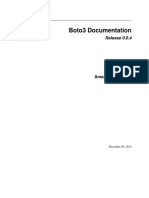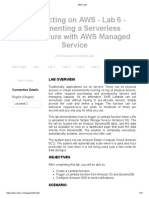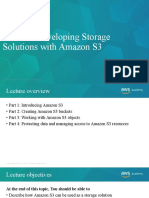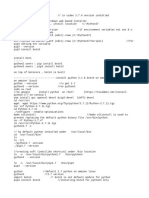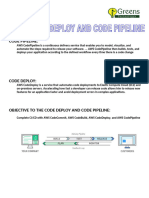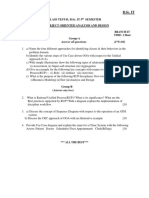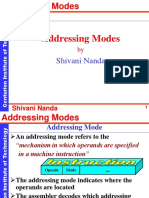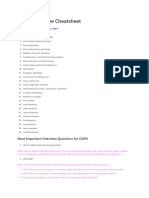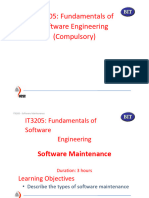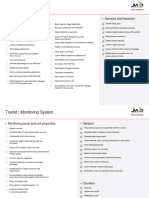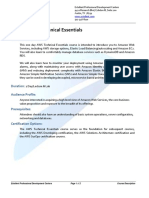0% found this document useful (0 votes)
39 views56 pagesAWS - Python Boto3
Boto3 is the AWS SDK for Python that enables developers to interact with AWS services like S3 and EC2 through an object-oriented API. It allows for automation of processes such as file uploads, backups, and notifications using Python scripts. The document also includes case scenarios demonstrating the creation of S3 buckets and the use of Boto3 for managing AWS resources programmatically.
Uploaded by
NandaShivaniCopyright
© © All Rights Reserved
We take content rights seriously. If you suspect this is your content, claim it here.
Available Formats
Download as PPTX, PDF, TXT or read online on Scribd
0% found this document useful (0 votes)
39 views56 pagesAWS - Python Boto3
Boto3 is the AWS SDK for Python that enables developers to interact with AWS services like S3 and EC2 through an object-oriented API. It allows for automation of processes such as file uploads, backups, and notifications using Python scripts. The document also includes case scenarios demonstrating the creation of S3 buckets and the use of Boto3 for managing AWS resources programmatically.
Uploaded by
NandaShivaniCopyright
© © All Rights Reserved
We take content rights seriously. If you suspect this is your content, claim it here.
Available Formats
Download as PPTX, PDF, TXT or read online on Scribd
/ 56













